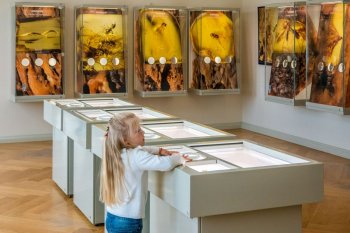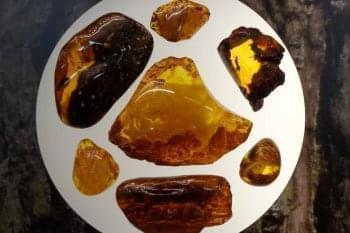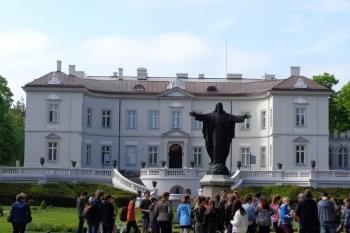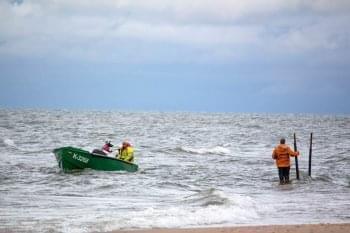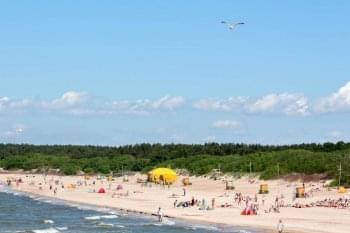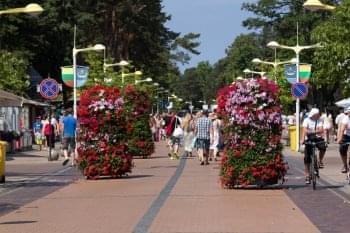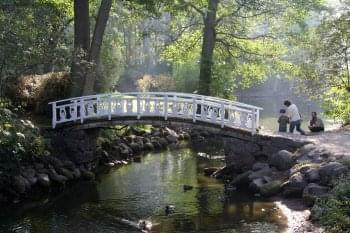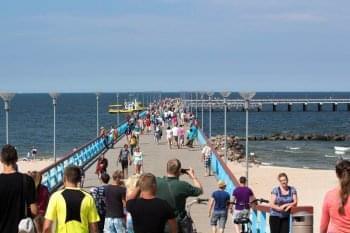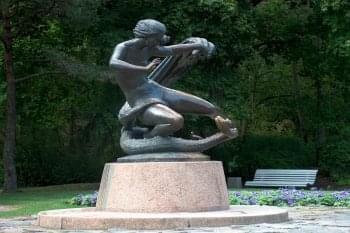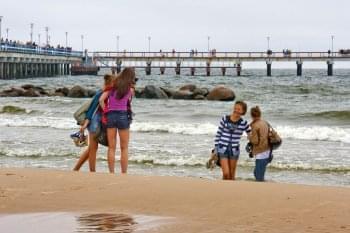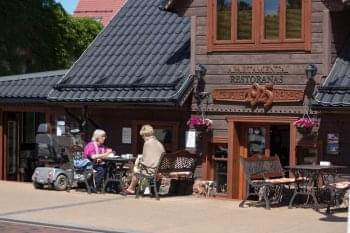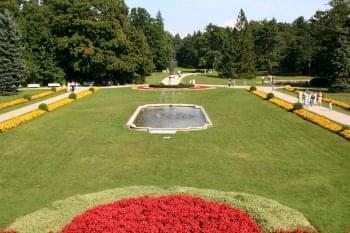Half day sightseeing tour to Palanga
Lithuania's prime seaside resort is just 25 km away from Klaipeda. The tour offers a visit to the Amber Museum - Count Tyszkewicz Palace, a walk in the Botanical Park designed by famous landscape architect Edouard Andre with Birute's Hill - a 22-meter-high dune, and the central Basanaviciaus street full of souvenir shops, open-air cafes leading to the beach and the pier - famous Palanga bridge.
The town's name may be derived from the legend about fishermen's houses and the wind covering them with sand up to windowsills (palangė lt). More likely, it is related to hydroid Alanga - this is what Rąžė river was called in the past, and Palanga means "On the Alanga." The first mention of Palanga is related to the legendary landing of the army of Danish king Valdemar I in Palanga in 1161. In 1253 Palanga was mentioned in chronicles of German Order. Throughout history, Palanga saw quite a few conquerors: Vikings of Normans coveted these lands and the repeating devastations of crusaders in the 13th - 14th century. Only after the Battle of Grunwald (in 1410), by the peace contract of Meln concluded in 1422, the invasions to Lithuanian territory ended. In 1435, by the peace treaty of Brest, Palanga was assigned back to Lithuania. At the beginning of the 19th century, Palanga became a resort town. Count Michael Joseph Tyszkewicz bought Palanga in 1824, and his family put considerable effort into developing Palanga into what we can see today.
Amber Museum has about 4,500 pieces of amber in its collection. Visitors are acquainted with the formation, processing, practical use, and morphological variations of amber. In addition, the museum has a wealth of amber pieces with trapped insects or plants, a collection of unique pieces of amber, and examples of fossilized tree resin from all over the world.
This tour is organized from Klaipeda.
